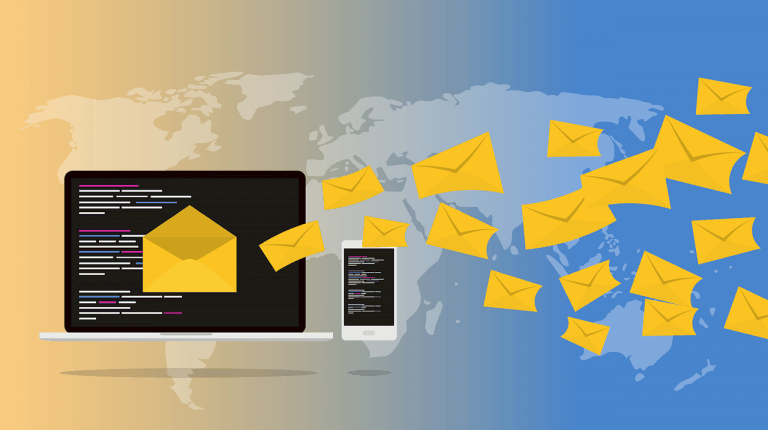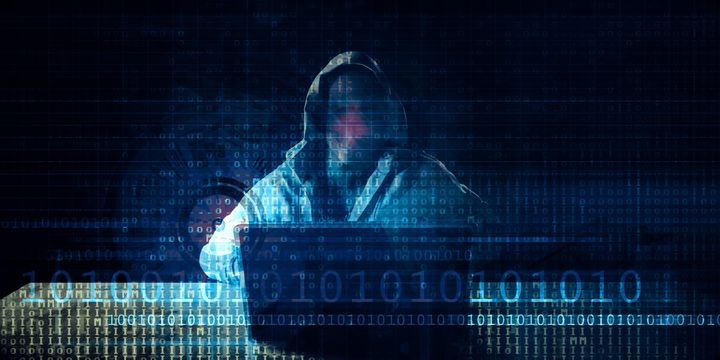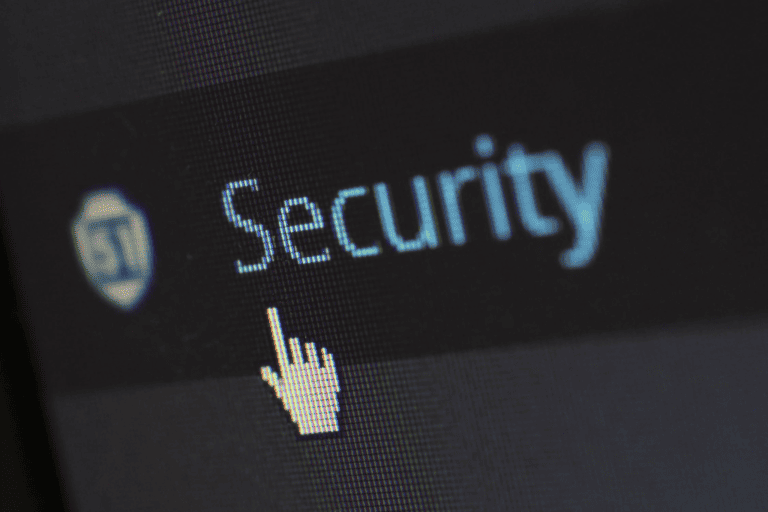Why Companies Should Pay Attention To IAM (Identity And Access Management)

Identity and access management (or simply put IAM) is a system which is able to secure and manage user identities as well as access privileges. Simply put, within the network, the system is able to manage which users are granted which roles and accesses and under which circumstances they can have those privileges. The reason why this is useful is that it makes sure that the users are who they are claiming they are, and thus they are granted access only to the applications and the resources that they have permission to use.
Common Types Of IAM Solutions
While there are many technologies designed to simplify specific aspects of IAM, the most common ones are Single Sign-On (or SSO), Multi-Factor Authentication (or MFA), and Privileged Access Management—they can be deployed either on-premises or, alternatively, in the cloud. There are already certain platforms and vendors that can take care of a company’s security needs, such as Quest, but knowing and understanding what IAM is capable of doing is still important.
Single Sign-On is a system which allows users to authenticate a single time and then gain access to everything the network has to offer without the need to log into each area individually in order to access it.
Multi-Factor Authentication is a system which combines three things in order to grant access to users. In layman’s terms, it combines something that the user knows, has and is—for example: a password, a security token, and a fingerprint.
Last but not least, Privileged Access Management is another common system, which is able to combine an employee database with pre-defined roles. This is useful as it establishes what each employee is able to access in order to perform their duties.
How Do Companies Benefit From IAM?
Looking at it pragmatically, it’s a lot easier on the company to have an IAM solution in place. Without having that approach to authentication, it means that people in the IT departments would have to manage every aspect of authentication across a large number of environments. Depending on the size of the company and the amount of technology it uses, this can be a very big task which requires skilled professionals and also time. IAM solutions make things easier and provides efficient access across diverse systems.
Of course, one of the main reasons for IAM solutions is to increase data security. Regardless of the size of a company, security is always important and takes priority.
Having a method of authentication that is consistent across multiple systems makes sure that managing user access is easier for IT professionals.
For example, if an employee leaves the company, revoking their access to certain areas manually can be time-consuming and there could be some oversight. Meanwhile, IAM solutions make sure that their access is revoked immediately and across all platforms.
Besides security playing an important role, so do time and money.
By having a single IAM platform which is able to manage all access, things become easier to handle and the security team and administrators will be overall more efficient.
In addition, things become easier for employees as access to resources becomes more efficient.
By taking advantage of the Single Sign-On technology, they can gain access to everything they need without having to log in at every step in order to get to the resources they need.
The Evolution And Importance Of IAM
In the past, there were a number of popular ways when it came to regulating user access. Authentication methods varied from user to user, and they involved everything from passwords to digital certificates, smart cards, or tokens. Nowadays, technology evolved, and along with it so did security threats. What this means is that in order for authentication to be safer, usernames and passwords might not be enough.
Systems are incorporating such elements as AI, machine learning, risk-based authentication, and biometrics. In order to see this, you can look no further than your phone.
Many people use their fingerprints in order to authenticate, and some phones use facial recognition to grant access to their users. Companies invest in security solutions more and more in order to make sure that things are secured, but at the same time, it’s important for security solutions to not act as barriers, but as ways to increase efficiency.






